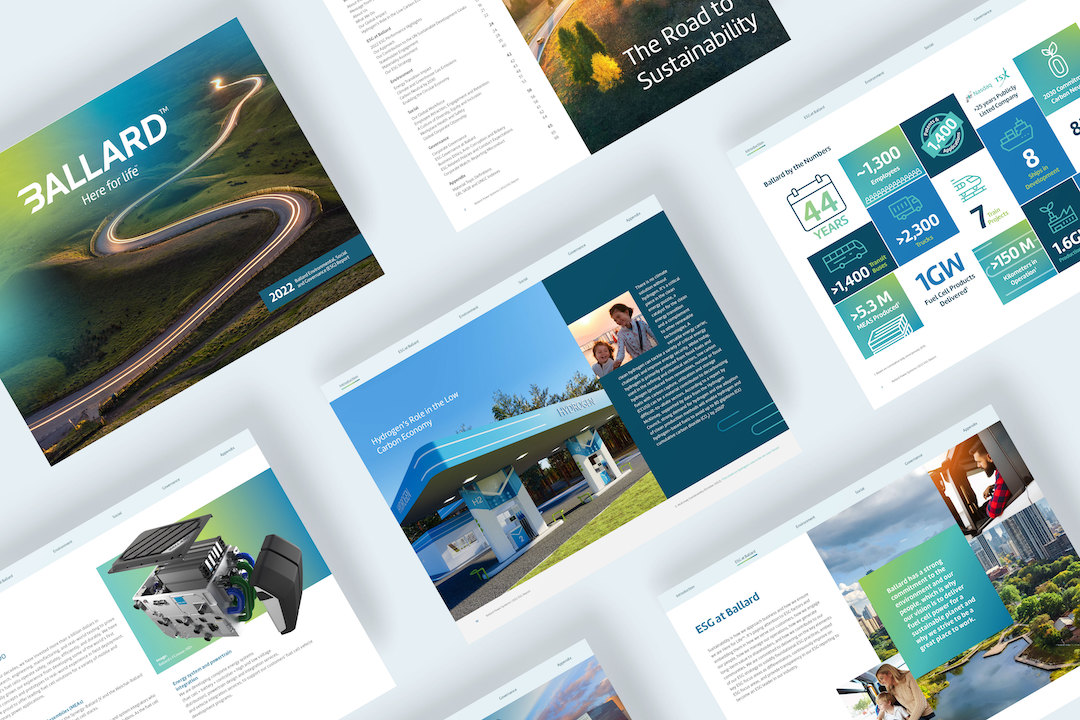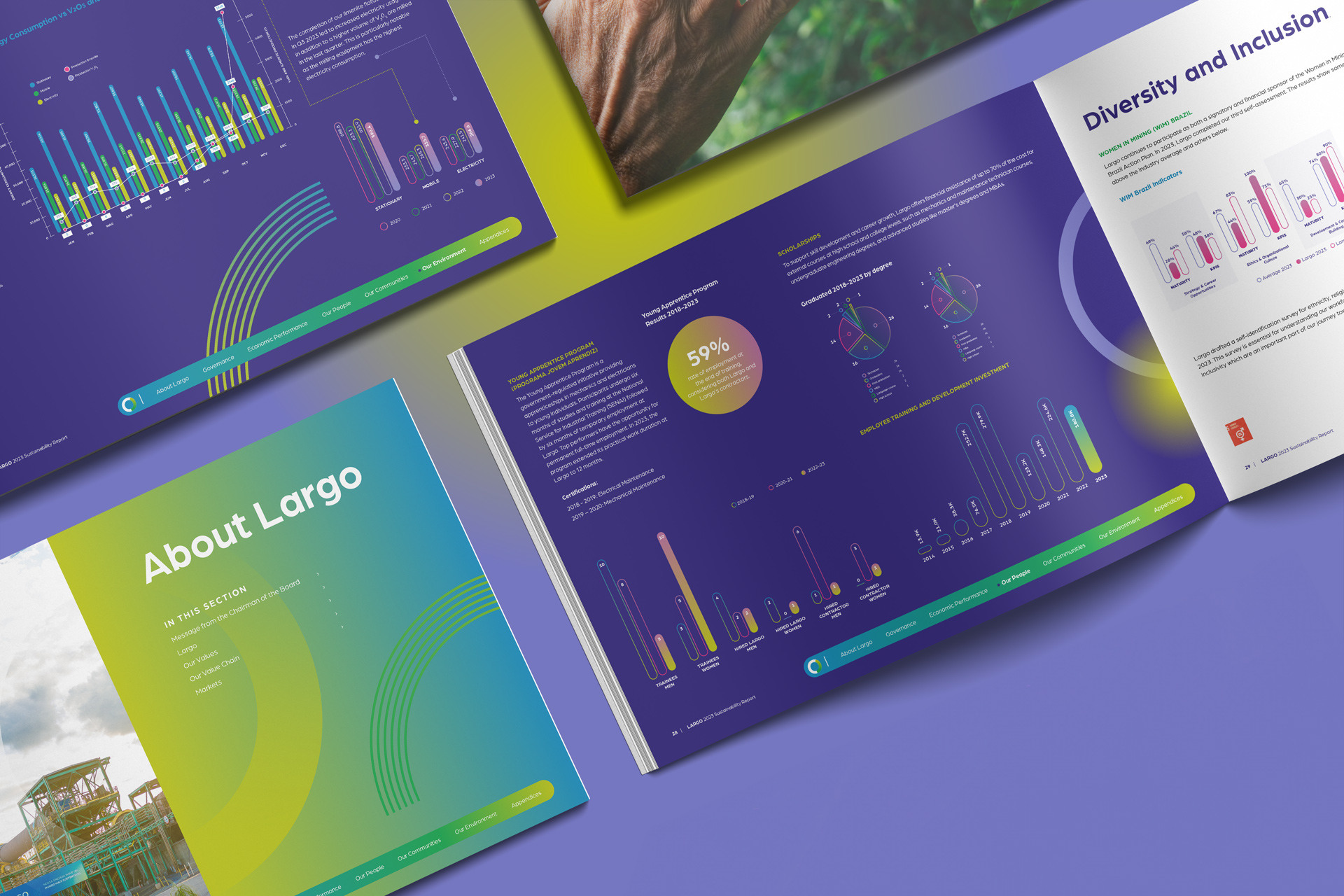Publishing an authentic, accurate and transparent ESG report is essential in today’s business climate and will only become more important in the coming years. We have seen a rising demand for corporate accountability across the board. Investors, shareholders, and employees have become more focused on companies that keep their promise to operate responsibly and give back to the communities where they operate. Access to investment capital requires establishing and maintaining a robust ESG program, continual improvements and accurate reporting.
“We are at an inflection point where awareness of climate change is becoming more widespread; I believe we are on the edge of a fundamental reshaping of finance."
Larry Fink - Chairman and CEO of BlackRock
In this blog, we will detail how you can tell an effective story with your ESG data, how to properly plan your next ESG report, and why now is the best time to start this process.
Background and Preparation
Before we dive into the details of starting your report, we must first shine a light on the background and preparation required to produce an outstanding document. Firstly, establishing clear metrics for your enterprise based on the Global Reporting Initiative (GRI) or Sustainability Accounting Standards Board (SASB) standards allows you to have a high-level view of your company’s data based on trusted standards. We have provided three helpful steps to effectively plan your ESG report, including a six-month breakdown of appropriate benchmarks to consider.
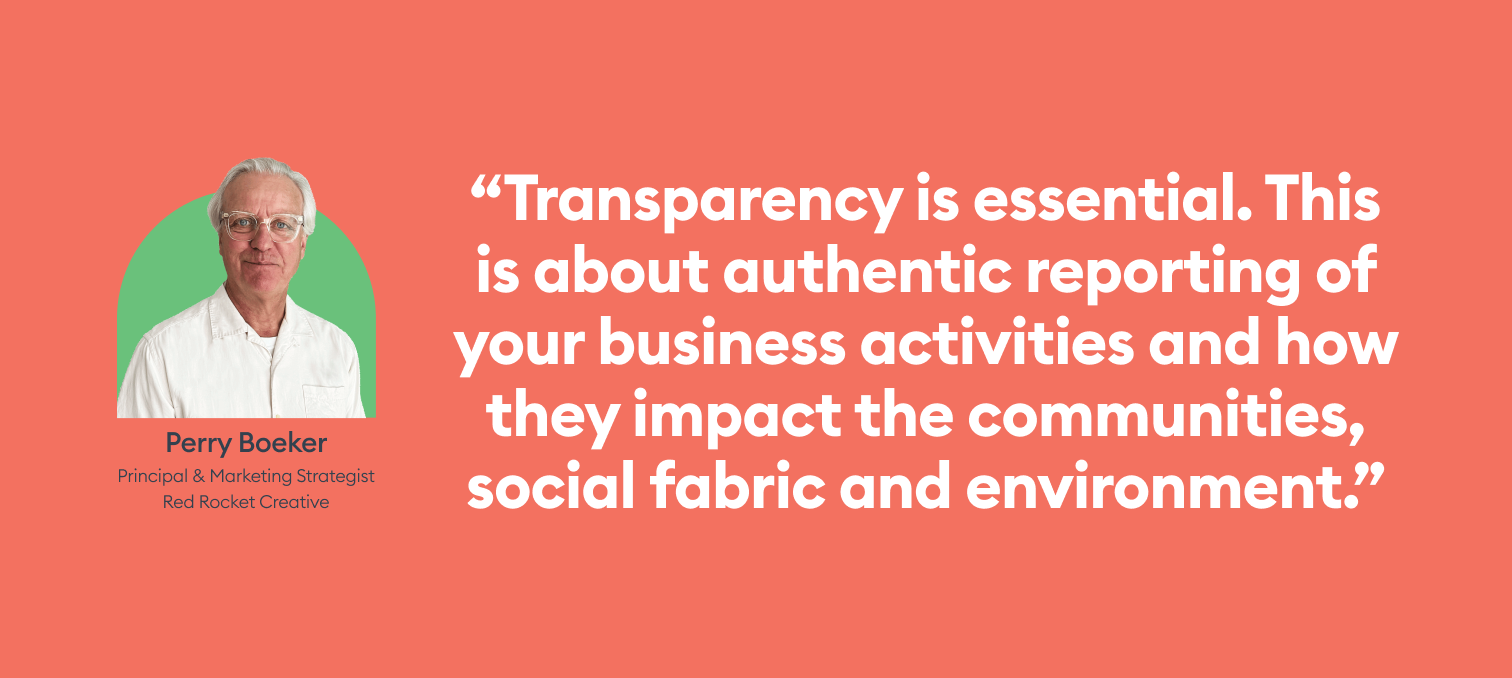
Gather feedback from colleagues. When it comes to translating ESG strategy into effective storytelling, collaboration is your best friend. Critical details that may have been missed are more likely to be caught with more people reviewing the data and reporting metrics. Plus, working as a team to put together an effective ESG report opens up the opportunity to properly analyze the data from different perspectives to make sense of things.
Ensure you are following the reporting guidelines. Both GRI and SASB have established detailed guidelines to ensure all information you publish is up to industry standards. Keeping a close eye on changes to these guidelines is highly important as industry proponents evaluate ESG reports. If key details are not in alignment with the reporting guidelines, there may be an opportunity for individuals to showcase your company in a negative light to the media. Avoid ending up in this situation by spending the proper time on your report. This could very well save your organization from a messy run-in with the media and provide you with peace of mind.
Need more detail on how to get started with ESG regulatory guidelines? The SASB provides a free SICS® look-up tool that allows you to determine the primary SICS® industry for tens of thousands of companies listed around the world, enabling investors and corporations to determine which SASB Standard is applicable to that company. GRI standards also provide free resources on how to get started with your reporting process.
Consider appropriate timelines. By getting started on your ESG report now, you are setting yourself up for success when it comes time to submit the final draft to get printed. Craft a six-month timeline, including the process of gathering data, sourcing and designing with appropriate imagery, writing and proofreading.
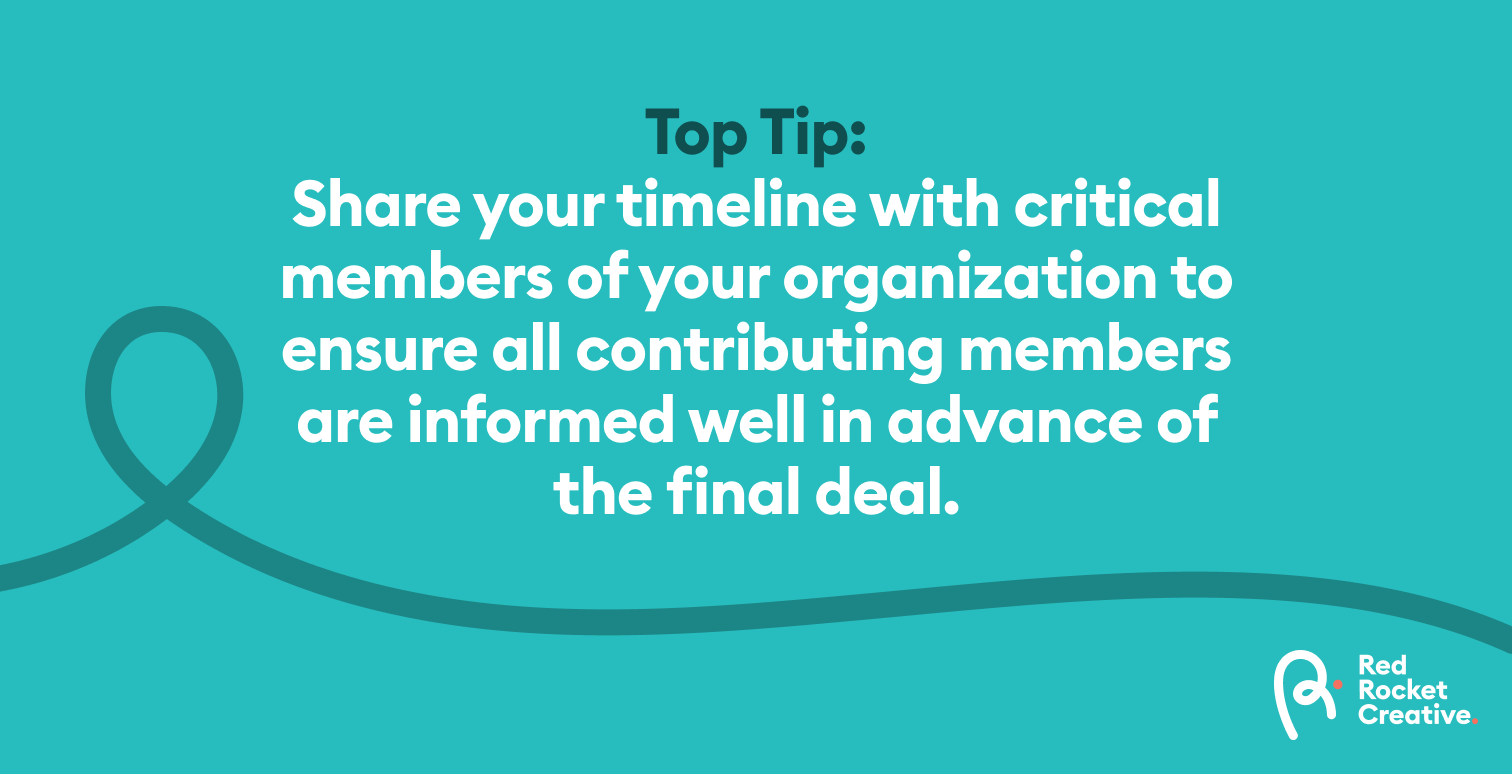
Connecting your content through strong visual storytelling
Once you have completed your preparation, assembled all the data points, evaluated your performance metrics and written supporting text, it is time to start connecting these various pieces of content. Much like a book, ESG reports need to be structured in order to tell a story that will connect with your audience. We have compiled a list below of design elements to consider including in your report to help keep readers interested in your ESG efforts and engaged with your Company’s unique story:
- Make sure it’s on-brand
Such documents are an opportunity to express your brand in all its glory. You have visual standards – make sure to use them. Consistent use of visual standards builds brands and credibility. The reader should be able to identify your brand based on visuals alone. - Consistent page styles help readers digest content
Page styles need to be consistent, with proper visual hierarchy to help people consume content easily. A lack of hierarchy and consistent design features will frustrate readers. - Allow your pages to breathe
There’s no doubt that ESG reports are jam-packed with metrics, indicators, tables, graphs and footnoted text. The pages are rich with information. As such, ensure these precious details are not “noise” competing for other informational items on the page. White space on the page allows readers to focus on the salient points instead of being overwhelmed by a tidal wave of data. - Include visual devices to engage the reader
Pull quotes, testimonials, and case studies placed in strategic document locations help skim readers commit to the content on a page. Placing a performance highlight as a stand-alone element will capture a reader’s glace. Once they consume that content, there’s a strong chance they will commit to reading other content on that page. These design devices help pace a report and make it more reader-friendly.

Once all of the above elements are considered for translating your ESG strategy into an effective piece of writing, it is then time to consider working with an agency to execute the tactical aspects of creating your report. Choosing the right agency can be a daunting task, as there are many different kinds of agencies out there that boast a wide range of services.
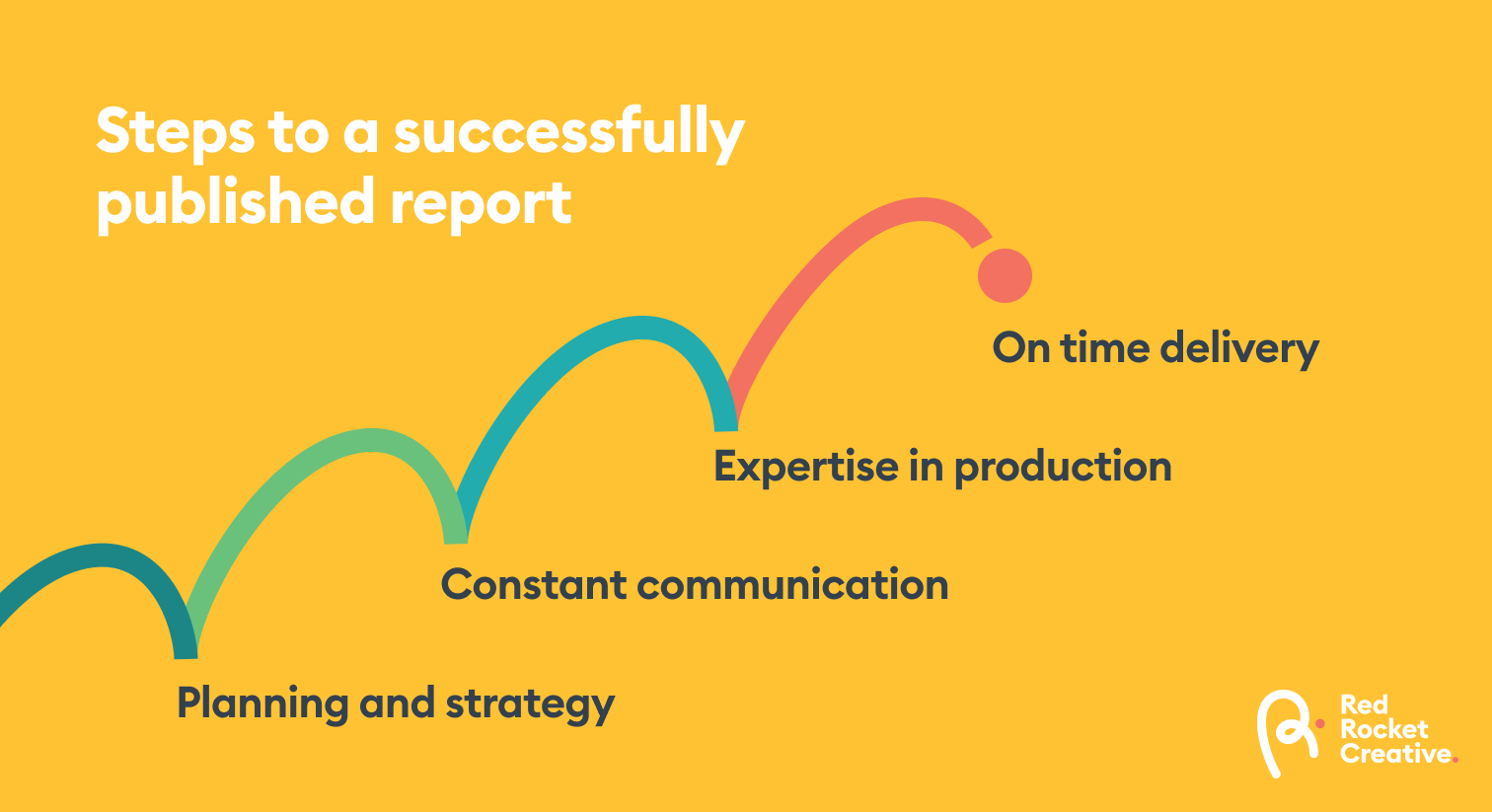
Engaging the right ESG report design agency
Working with the right agency to complete your ESG report has the potential to take your ESG report from good to great. Ensure you follow the checklist below to partner with the right agency for your unique organization:
- Good communication. Communication is key, and agencies should be all-star communicators. If your agency is not communicating with you in a timely manner and keeping you updated on the progress of your report, it may be time to look at making a switch.
- Result-oriented thinkers. Does your design agency think about the results this report could achieve for your business? Consider striking up a conversation about expectations and deliverables.
- Technical know-how. The right agency is experienced and knowledgeable. They should be able to provide you with expert input and possess the technical skills to deliver an exceptional ESG report.
- On-time delivery. Can they give you a clear schedule and stick with the initial deadlines they provided to you? Are they also flexible enough and willing to work with you when the unexpected comes up?

Delivering your message
Congratulations, you’ve made it to the finish line! Now it is time to deliver your message and ensure it lands in the right hands. When done correctly, a great ESG report that tells your company’s story authentically is an integral part of your corporate messaging and has the power to win over potential customers. We encourage you to think of creative ways to distribute this valuable information to your community. Idea to consider: incorporating it within your digital marketing strategy, displaying it at trade shows, or sending out paper copies to a select list of stakeholders.
Perry Boeker
Principal & Marketing Strategist A results-driven creative thinker, Perry is a marketing management professional with a proven record of achievement in Strategic Planning, Team Leadership, and New Concepts Development.



